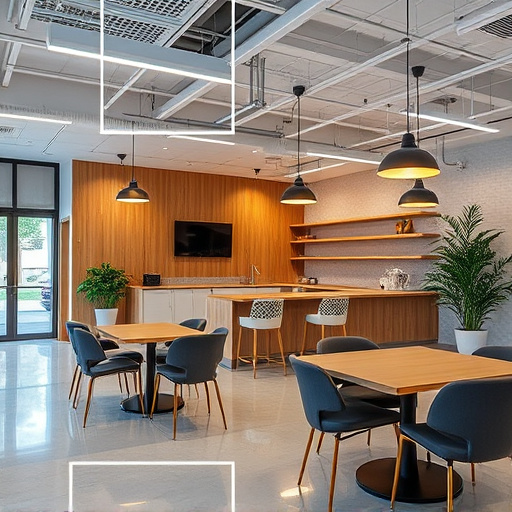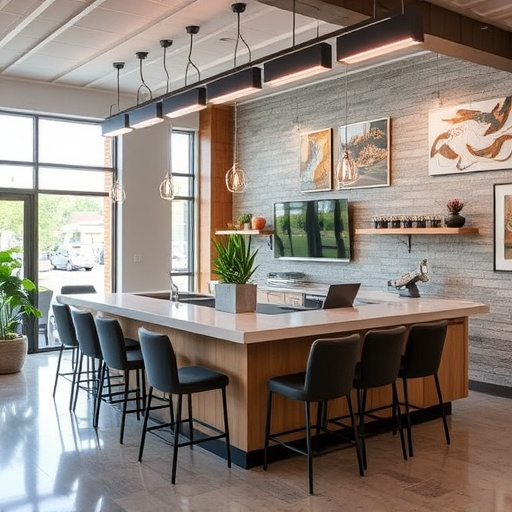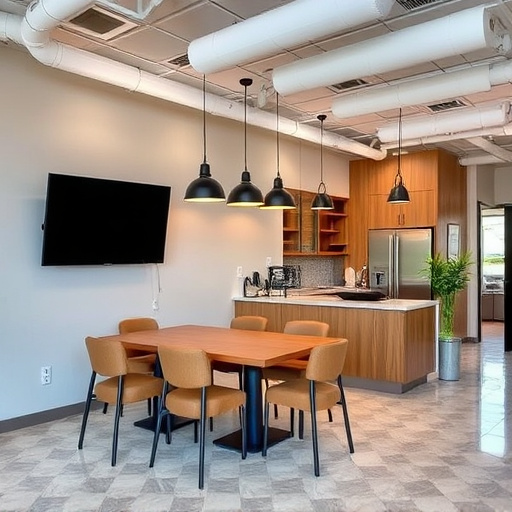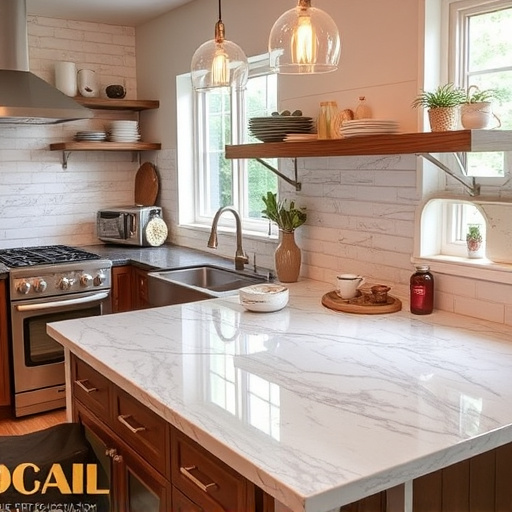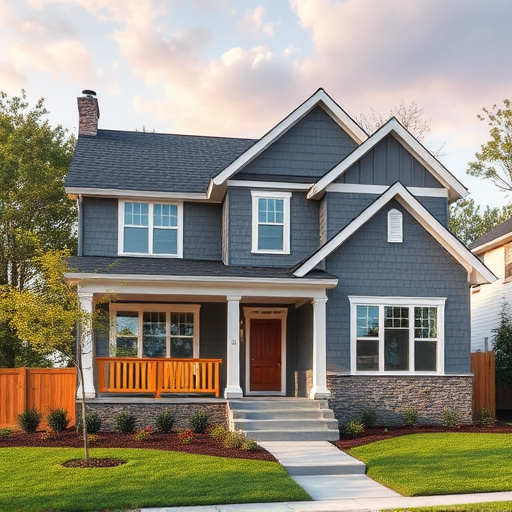Construction companies adopting eco-friendly materials like recycled steel, energy-efficient insulation, and biodegradable paints reduce carbon footprints, lower costs, and enhance customer satisfaction. This strategic approach involves employee education, partnerships with green suppliers, and using low-VOC paints to minimize environmental impact while bolstering company reputation in the growing green-conscious market.
Construction companies are increasingly embracing eco-friendly building materials, driving a sustainable future. This article explores how forward-thinking firms like [Company Name] are making a positive impact. We delve into their strategies for choosing sustainable materials, analyzing the significant benefits for both cost and environmental health. Learn about practical implementation steps towards transitioning to green practices in the construction industry. Discover why this trend is not just a buzzword but a necessary step for responsible building.
- Choosing Sustainable Materials: The Construction Company's Approach
- Benefits of Eco-Friendly Building: Cost and Environmental Impact
- Implementation Strategies: Transitioning to Green Practices
Choosing Sustainable Materials: The Construction Company's Approach

When it comes to choosing sustainable materials, our construction company takes a thoughtful and strategic approach. We believe that building green isn’t just an option—it’s a responsible choice that benefits both the environment and the longevity of structures. Our team meticulously evaluates each material’s impact throughout its lifecycle, from sourcing to disposal, ensuring we select eco-friendly alternatives without compromising quality or durability.
We prioritize materials that are locally sourced, reducing transportation emissions, and opt for those with high recyclability and low volatile organic compound (VOC) levels to minimize indoor air pollution. This commitment extends to both new constructions and renovation services, where we transform functional spaces into modern, sustainable homes. By embracing these practices, we’re not just building structures; we’re contributing to home transformations that respect the planet for generations to come.
Benefits of Eco-Friendly Building: Cost and Environmental Impact

Construction companies that embrace eco-friendly building materials are not only contributing to a sustainable future but also reaping significant benefits in terms of cost and environmental impact. By opting for green alternatives, such as recycled steel, energy-efficient insulation, and biodegradable paints, construction firms can reduce their carbon footprint and minimize the environmental strain associated with traditional building practices. This shift towards sustainability is becoming increasingly important as consumers and businesses alike prioritize eco-conscious choices.
One of the financial advantages is the potential for long-term cost savings. Eco-friendly materials often have lower manufacturing and transportation costs, which can be passed on to clients without compromising quality. Moreover, these materials are designed to last longer, reducing the need for frequent replacements or repairs. For construction companies offering services like whole house remodels, kitchen remodel, or renovation projects, this translates into higher customer satisfaction and a competitive edge in an increasingly green-conscious market.
Implementation Strategies: Transitioning to Green Practices
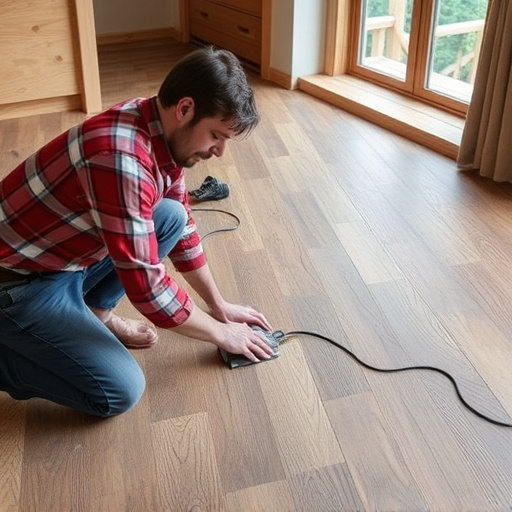
Many construction companies are now embracing eco-friendly building materials to reduce their environmental impact. This transition involves a strategic shift in practices and can be implemented through various methods. Initially, companies may focus on educating their teams about sustainable options, ensuring they understand the benefits and proper handling of these materials. Training workshops and partnerships with green building suppliers can facilitate this process.
Additionally, construction firms can start by incorporating simple changes like using recycled content products, such as composite wood or plastic bottles for insulation. For existing projects, especially home renovation and exterior painting, companies can opt for low-VOC (volatile organic compound) paints and finishes to improve air quality. These strategies not only contribute to a healthier environment but also enhance the company’s reputation in the market, appealing to clients who prioritize functional spaces that are kind to the planet.
Many construction companies are recognizing the benefits of adopting eco-friendly building materials, not only for their positive environmental impact but also for reduced costs. By choosing sustainable materials, these companies are contributing to a greener future while ensuring long-term economic viability. Implementation strategies that facilitate this transition are key to success in the evolving industry landscape, where green practices are becoming the norm.








